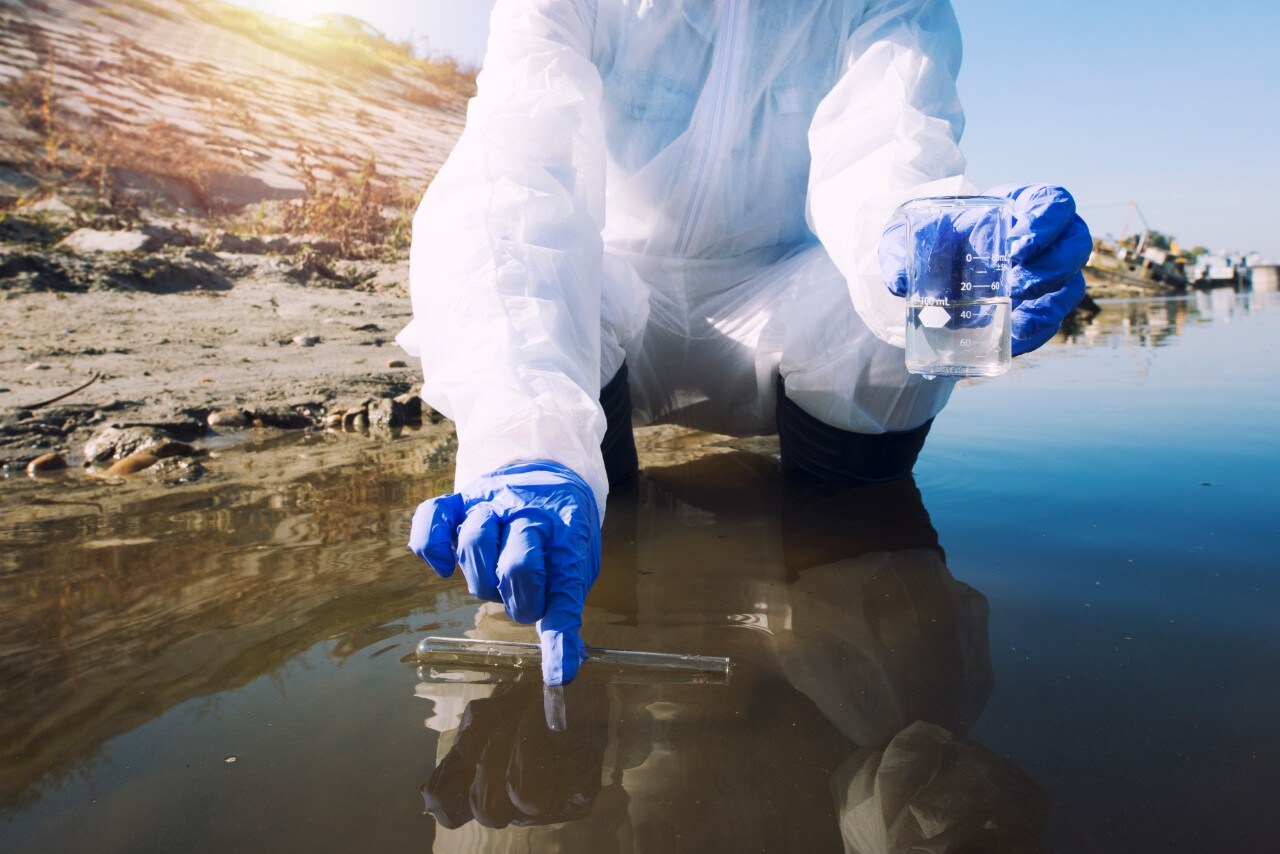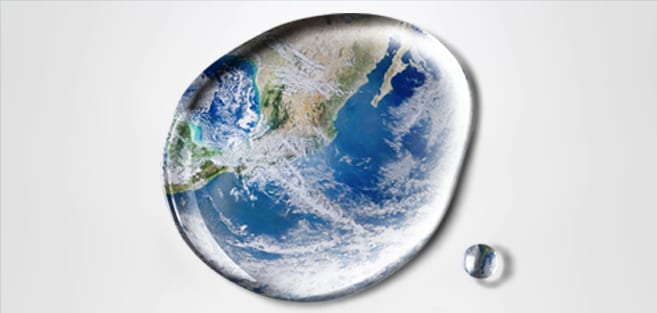What Are PFAS and Why Are They Harmful?
Written by Audrey George.
PFAS stands for per- and polyfluoroalkyl substances, a group of human-made chemicals that have been used in various industrial and commercial products since the 1940s. PFAS are known for their ability to resist heat, water, and oil, making them useful in a wide range of applications, including firefighting foam, non-stick cookware, stain-resistant carpets and fabrics, and waterproof clothing, just to name a few.
They have been talked about in the media recently because they don’t break down easily in the environment and can accumulate in the bodies of living organisms, including humans. Studies show that exposure to PFAS can lead to health problems such as:
- Increased cholesterol levels
- Thyroid disease
- Reduced fertility
- Certain types of cancer
- Weakened immune system
- Low birth weight and development delays in infants
Consequently, governments and organisations around the world are taking steps to limit the use of PFAS and reduce exposure to them. In Europe several laws and regulations have been implemented to restrict the use of PFAS. In 2019, several PFAS compounds were added to the Stockholm Convention’s lists of persistent organic pollutants (POPs). In January 2020, the European Chemicals Agency (ECHA) recommended adding PFAS to the REACH list of substance of very high concern (SVHCs) due to their persistence, bioaccumulation, and toxicity. In 2020 the European Union’s Drinking Water Directive, which sets quality standards for drinking water in the EU, including limits on the concentration of certain contaminants, was revised to include a new maximum concentration limit for PFAS in drinking water. On the same year, the European Food Safety Authority (EFSA) published a report on the risk to human health from the presence of PFAS in food.
"Several countries have enacted their own regulations to address PFAS contamination. For example, Denmark has banned the use of PFAS in food packaging."
Water Filtration and PFAS
Water filtration is effective at removing PFAS from drinking water. Several types of systems are effective including activated carbon filters, reverse osmosis systems and ion exchange systems. Activated carbon filters work by adsorbing the PFAS compounds onto the carbon surface, while reverse osmosis systems use a semipermeable membrane to remove PFAS from the water. Ion exchange systems work by exchanging negatively charged PFAS ions with positively charged ions in the resin.
The effectiveness of each system depends on a variety of factors such as the type and concentration of PFAS in the water, the flow rate, and temperature. Filters have to be properly maintained and replaced to ensure their continued efficacy.
PFAS in Cosmetics
PFAS have been used in cosmetics and personal care products due to their unique properties, such as their ability to repel water and oil. The European Union has banned the use of PFAS in these products and several major cosmetic companies globally have announced plans to phase out the use of PFAS.
How to Avoid PFAS
While regulators in the EU, UK and US recognise the need to monitor PFAS more widely in food, water, air etc., testing is not as widespread as it should be. Testing can be performed on a variety of samples including drinking water, groundwater, wastewater, solids, soil and air, cosmetics, blood, etc. And the technologies for dealing with PFAS in water and other liquids are the most advanced. The principle method used for the analysis of PFAS is liquid chromatography coupled to tandem mass spectrometry (LC/MS/MS). There are also additional tests to help identify precursors - these include measuring total organic fluorine (TOF) as a proxy for total PFAS contamination.
The Fisher Scientific channel can supply you with the products you need for your sample analysis, from sample collection to analysis in the lab, including equipment and instrumentation, lab essentials, chromatography such as columns, solvents, standards, and filtration.
- For sampling this includes water sampling bottles PE, PP loaded with tris buffer (EPA 537.1), no Teflon lined sample containers.
- For solid-phase extraction: SPE cartridges, including the recently launched Macherey Nagel solid phase extraction column
- Solvents and organic standard solutions, chemicals: methanol, LCMS quality water
- PFAS water filters
- Chromatography vials, columns etc
- pH meters to control the pH of your water samples
Audrey George is a Fisher Scientific Segment Marketing Manager.






